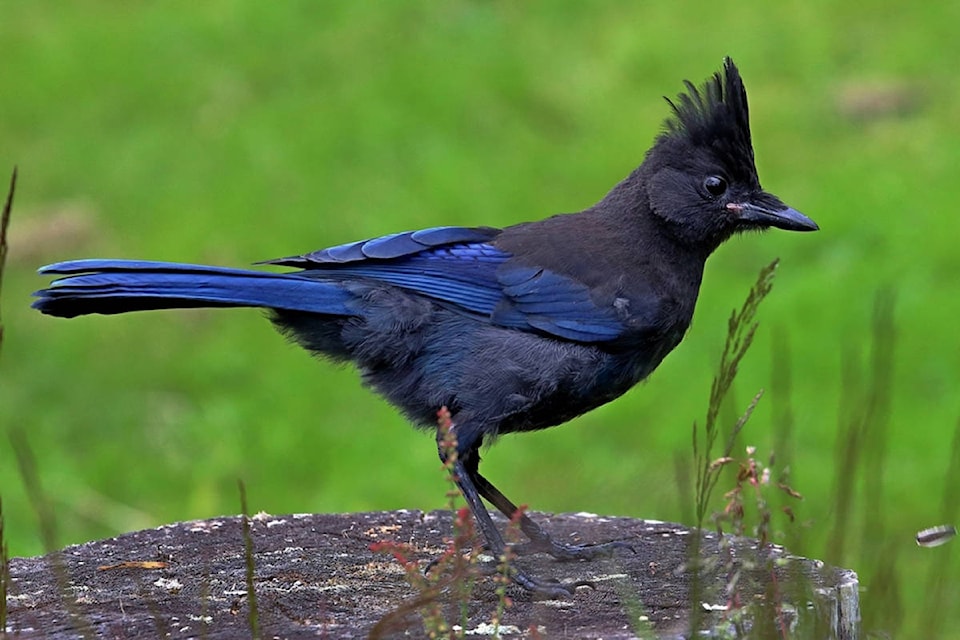Haida Gwaii is one of the “hot spots” identified in a new report that highlights threats to uniquely Canadian plants and animals.
In a release on June 4 to mark Canadian Environment Week, the Nature Conservancy of Canada (NCC) and NatureServe Canada shared the findings of their new “Ours to save” report, which chronicles the distribution, status and conservation needs of national endemic species, meaning plants and animals that are only found in Canada.
According to the release, the report marks the first comprehensive survey of the more than 300 different plant and animal species in Canada that live nowhere else on Earth.
ALSO READ: Marine experts investigating after first recorded striped dolphin sighting on Haida Gwaii
Virginia Hudson, manager of conservation planning and stewardship for NCC, told the Observer the report is “very pertinent to the archipelago.”
Along with portions of Vancouver Island, which was another B.C. “hot spot” identified in the report, Hudson said Haida Gwaii is unique since it is thought to have been ice-free during the most recent glacial period.
“What this means is that much of the archipelago served as a ‘glacial refugia’ for a diversity of species that would have otherwise lost habitat in other iced-over areas,” Hudson said by email. “This ice-free period combined with the island chain being isolated from the mainland is thought to have created the perfect conditions for the evolution of unique species that are only found on the islands and nowhere else.”
ALSO READ: ‘Unusual find’: Tarantuloid spotted by Langford woman also lives on Haida Gwaii
This unique geomorphological history is one of the reasons biologists and ecologists sometimes refer to Haida Gwaii as “the Galapagos of the north,” she added.
“What all of this means is that Haida Gwaii has a disproportionately high number of unique and rare species relative to the rest of Canada, and many more are likely to be discovered as further research is conducted.”
A few examples of endemic species already found on Haida Gwaii include the Queen Charlotte Islands ermine, Pacific Steller’s jay carlottae subspecies, Queen Charlotte hairy woodpecker, Queen Charlotte pine grosbeak and Queen Charlotte Islands violet.
ALSO READ: New viruses discovered in endangered wild Pacific salmon populations in B.C.
The provincial breakdown of the “Ours to save” report also showed that B.C. was home to almost double the number of endemic species in any other province or territory. The report listed 105 endemic species in B.C., followed by Quebec (57) and Alberta (54).
Patrick Henry, executive director for NatureServe Canada, said identifying national endemic species and the places where they live is an essential effort in protecting them from extinction.
“Many of Canada’s national endemic species have restricted ranges, which makes them particularly vulnerable to habitat loss, climate change and invasive species,” Henry said in the release. “This report provides decision-makers with critical information in understanding where conservation investments could be directed in order to safeguard these uniquely Canadian species.”
NCC senior conservation biologist Dan Kraus said no other nation can protect this group of all-Canadian species.
“Their conservation is completely up to Canadians. Protecting these species is Canada’s priority in the fight against global biodiversity loss,” Kraus said in the release. “The consequence of our failure to conserve them is their extinction.”
ALSO READ: In praise of goshawks and forests
Do you have something to add to this story or something else we should report on? Email:
karissa.gall@blackpress.ca.
